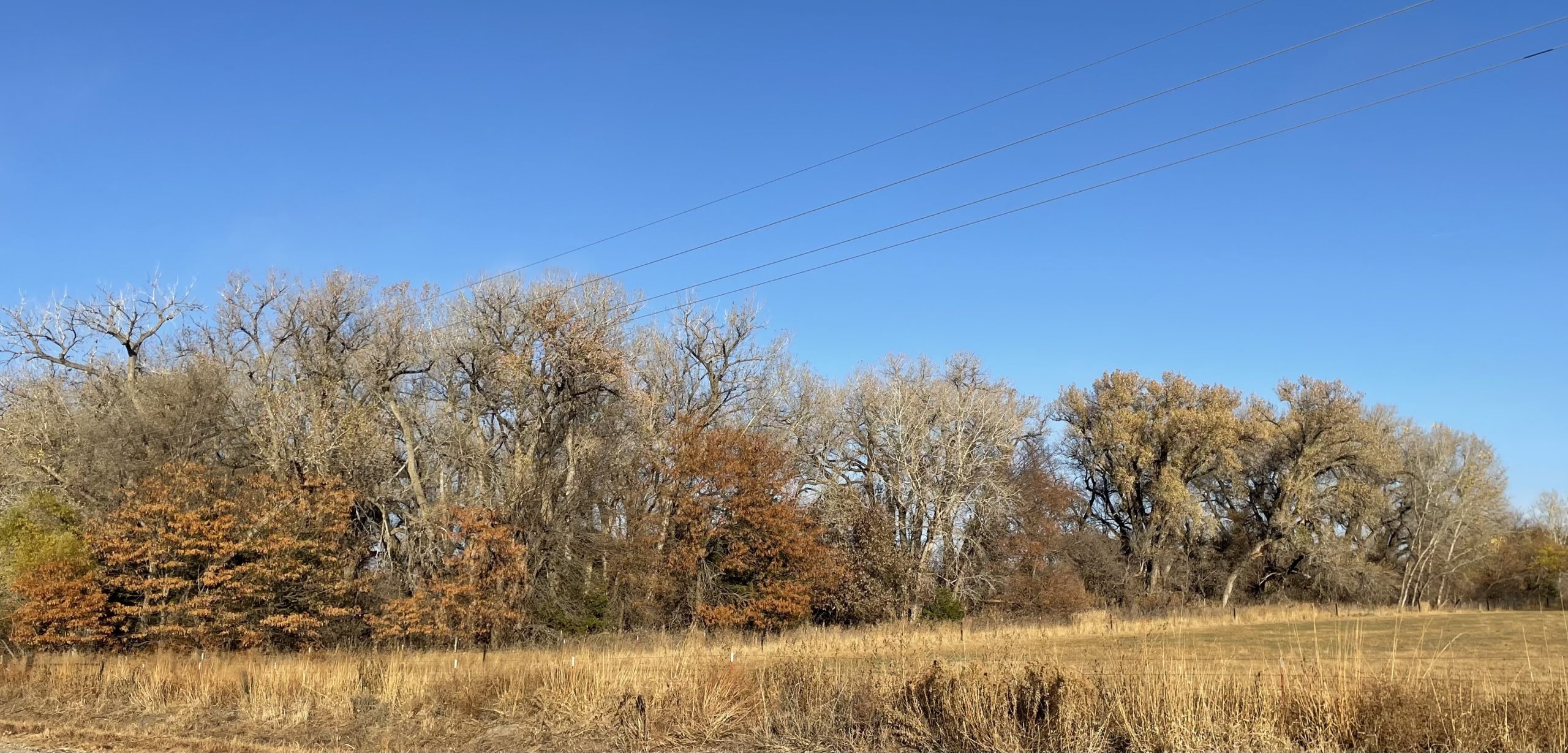Gov. Laura Kelly recently announced that the Governor’s Wildfire Task Force has submitted its final report summarizing and providing recommendations on how to improve the systems, procedures, and personnel that make up the state’s oversight of wildfire events.
In July 2022, Governor Laura Kelly appointed a group of leaders from across the state to serve as the Governor’s Wildfire Task Force to create recommendations for how Kansas communities can better prevent, respond to, and recover from wildfires.
“I created this task force last year because Kansas has been devastated by wildfires far too many times, and it was clear we needed to take a deeper look at how we prevent and respond to these disasters,” Kelly said. “I appreciate the comprehensive recommendations Secretary Beam and the Wildfire Task Force have provided, and I look forward to working together to better support Kansans before, during, and after wildfires.”
The task force was chaired by Secretary of Agriculture Mike Beam and included representatives from local, state, and federal agencies and organizations that have played an active role in responding to wildfires across the state, along with several state legislators.
“I have appreciated the candid, yet cordial, exchange of concerns and suggestions among the Task Force members,” said Beam. “It’s obvious to me the entities involved in wildfire prevention, response, and recovery have enhanced their collaborations and partnerships in recent years, and they are committed to taking further steps to strengthen the state’s wildfire resilience.”
The task force report is organized into three sections: Mitigation and Prevention, Response, and Recovery. In the Mitigation and Prevention section, the Task Force examines the efforts in place to monitor fire risk, major contributors to the fire risk across the state, and work that is underway to mitigate that risk. The Response section examines the response plans and systems in place locally and statewide and how they could be strengthened. The Recovery section examines the strategies for long-term recovery following a wildfire event.
Recommendations include expanding efforts to reduce fuel loads, improving weather monitoring, increasing resources for local fire departments, and enhancing funding for firefighting equipment. Many recommendations focus on the importance of mitigation strategies, recognizing it as a shared responsibility that will require collaboration between public and private landowners. The Task Force also recognized the significant role of volunteer firefighters and the challenges local communities face in recruiting and retaining these volunteers.
State officials will now determine next steps for implementing task force’s recommendations.
The full report can be found at agriculture.ks.gov/WildfireTaskForce.



